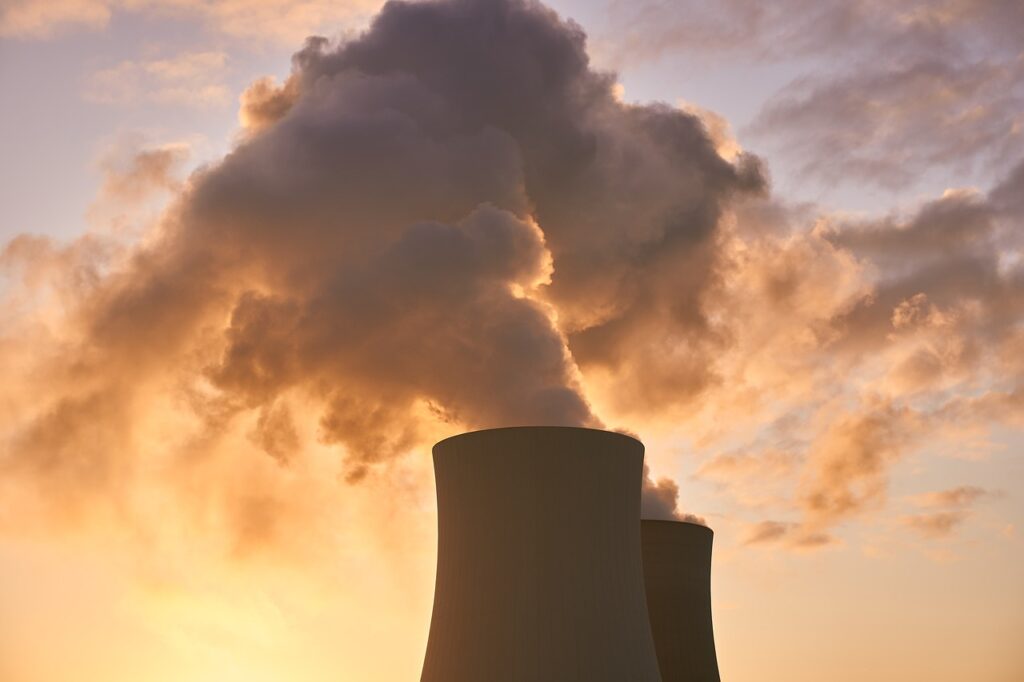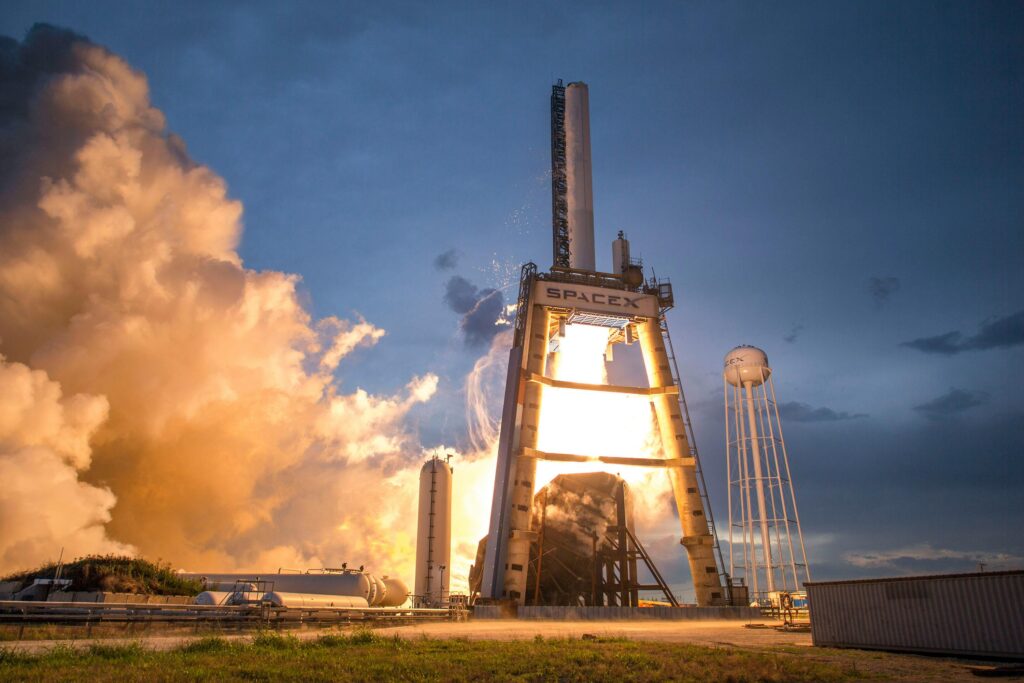As long as we are on Earth, we will need energy. The only source of energy that is clean and requires no maintenance is our Sun. All life on Earth depends on the Sun for survival, whether it’s the light required for photosynthesis, the vitamin D produced in our skin, or the very daylight we experience. But how does the Sun provide so much energy? It’s because of a process called **nuclear fusion**. As the name suggests, it is the process of fusing two lighter elements to create a heavier element. If we can replicate nuclear fusion ourselves, we could generate a clean and unlimited energy supply for our daily lives.
Fusion in the Sun
Extremely high temperatures—around 15 million Kelvin—and pressures approximately 250 billion times the atmospheric pressure on Earth are needed for nuclear fusion to occur. When these extreme conditions are achieved, the hydrogen atoms inside the Sun overcome their natural repulsion and fuse. This process creates new elements like helium and releases an enormous amount of energy, which powers the Sun and sustains life on Earth.
Nuclear Fission vs. Nuclear Fusion
Nuclear fission and fusion are two distinct nuclear processes used to release energy. Fission involves splitting a large, heavy atom (like uranium) into smaller atoms, releasing a considerable amount of energy and producing radioactive waste. In contrast, fusion combines lighter atoms (like hydrogen) to form heavier ones, releasing even more energy. Fission can occur at lower temperatures and is currently used in nuclear reactors worldwide, while fusion requires extreme heat and pressure, as mentioned earlier, making it challenging to sustain on Earth.
Challenges with Fusion on Earth
Achieving the extreme temperatures and pressures needed to start and sustain fusion is difficult. Current fusion experiments like ITER and JET use magnetic fields (in tokamak reactors) or lasers (in inertial confinement fusion) to create these conditions. However, maintaining these conditions long enough for a stable fusion reaction to occur and produce net energy has proven to be a significant engineering and scientific challenge.
Recent Advances and Future Prospects
There have been breakthroughs in sustaining plasma for longer durations and achieving higher temperatures, bringing us closer to net-positive energy gain. Innovations in magnetic confinement and material resilience are advancing fusion technology.
We are in desperate need of a clean and unlimited energy source. The radioactive materials from nuclear fission must be stored and maintained indefinitely, whereas nuclear fusion produces minimal radioactive waste that decays much faster, making it far more environmentally friendly. The day is not far when we could have our own nuclear fusion facilities producing all the energy we need for our survival.



